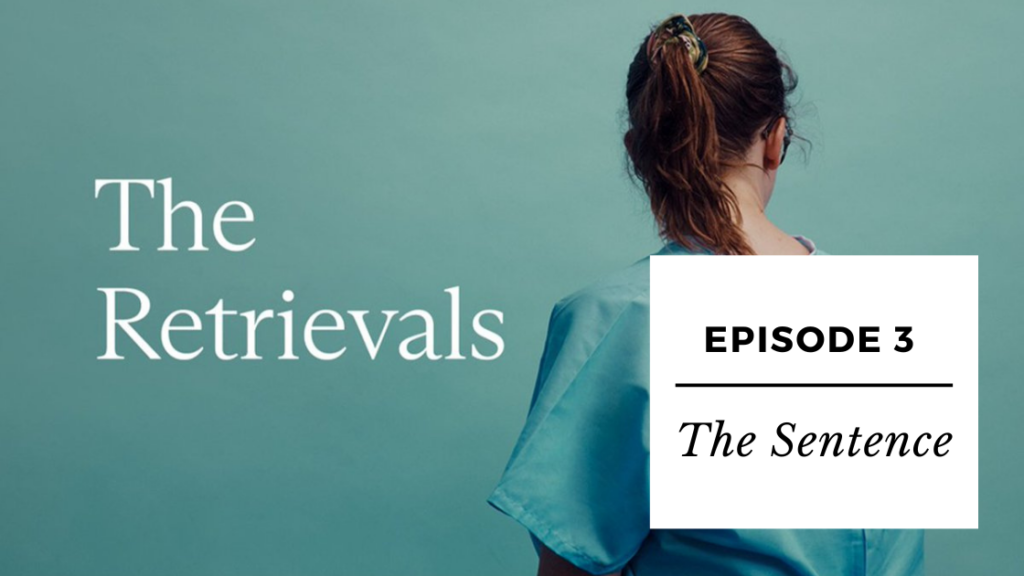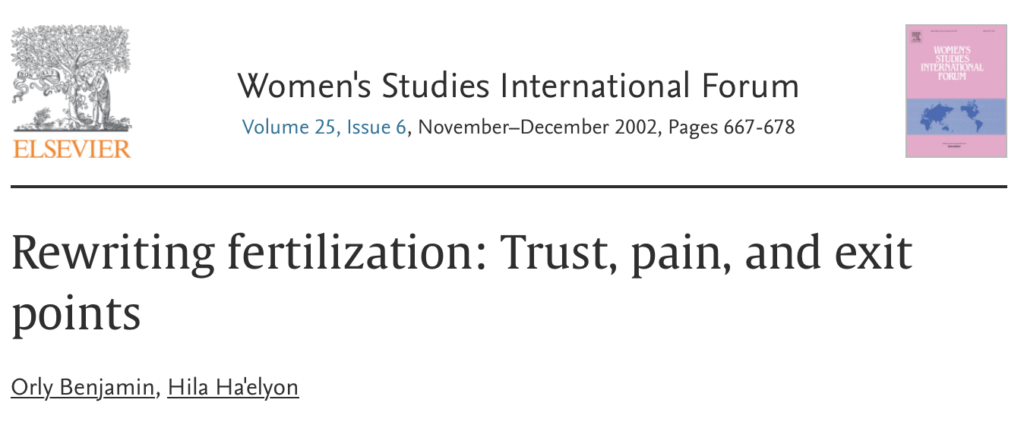
How could this huge system fail in such a way that this could happen? The fact that somebody was able to walk out with bags of fentanyl in their purse and no one batted an eye. How does that even happen?
~Angela (patient)
Welcome back to my analysis of The Retrievals – a podcast about women’s pain from This American Life and The New York Times.
The podcast follows the case of women treated at Yale Reproductive Endocrinology and Infertility Clinic, where a nurse stole fentanyl meant to sedate patients.
The series explores women’s pain, opioids & ethical care.
I’m an anesthesiologist (sedation expert), an ethicist, and a woman. I’m sharing my reflections on every episode of The Retrievals for you on Poppies & Propofol.
If you missed my analysis of Episodes 1-3, you can read them here:



Spoiler Alert: This post discusses Episode 4 of The Retrievals.
If you haven’t listened to Episode 4 yet (released on July 27, 2023), you can listen here.
(And here’s an auto-generated transcript)
Last week, we learned about Donna Monticone’s 4-week sentence for diverting fentanyl.
In Episode 4, we learn more about the clinic that made it possible.
More Than Missing Fentanyl
Donna claimed she started diverting fentanyl in June 2020. But when the case became public, many patients from earlier claimed to have had the same experience. How many patients had really been impacted?
Accounting for drugs was so poor at the Yale clinic that many other drugs (besides the tampered fentanyl) went missing on Donna’s watch. After she was discovered, the Drug Enforcement Agency (DEA) conducted an audit that showed the clinic was missing:
- 6% of the ketamine
- 24% of the midazolam
- 35% of the fentanyl
Art of Sedation
High-quality sedation (or, when needed, general anesthesia) can significantly increase safety. A patient writhing in pain is more likely to be injuries in a procedure. In many settings, general anesthesia with propofol (with fentanyl for pain control) is the standard.
The Yale clinic used a combination of fentanyl for pain and midazolam for relaxation and memory loss. Even when the fentanyl was actually in the vial, fentanyl and midazolam were not enough to comfort every patient.
In anesthesiology, we “titrate to effect”: give increasing doses of medication to find the right amount. I have sedated thousands of patients for procedures. While there are expected ranges, there is no uniform dose that works for everyone. We expect to need to be creative to ensure patient’s get the comfort they need.
Sedation providers need to pay close attention to patients’ responses and ensure they are comfortable before doing any painful interventions. When nurses provide sedation, safeguards are placed on how much of each medication can be given. This is to prevent nurses from getting into an unsafe situation where a patient has an overdose and stops breathing. But when a patient has too much pain, you can’t reschedule the retrieval with an anesthesiologist or CRNA. A delay of a few hours could mean ovulation and losing all the eggs.
So women continued for as long as they could. Their future potential baby could be in one of those eggs.
When women’s pain is dismissed routinely, the issue is more significant than one nurse
“Each time I’m doing a retrieval and getting follicles, a doctor from another clinic said to me, I remind myself that this egg could be the baby.”
~Physician
When patients “kicking and screaming” during a procedure is tolerated at one end of the normal range, you will rationalize it. Listening to The Retrievals, it’s clear that women’s pain was generally dismissed as secondary to the clinic’s and patients’ main goals – retrieving eggs for IVF. The culture recognized the procedure was painful and tolerated occasional patient agony, prioritizing making embryos. That meant that nurses and doctors in the clinic wouldn’t have necessarily noticed that the drugs weren’t working when Donna began diverting fentanyl.
Staff were primed to think women’s severe pain during retrievals was something to be tolerated – not worthy of further investigation or intervention relative to the retrieval itself.
“The patient puts up with the pain because she longs to have a child. The doctor knows the depth of that longing, getting the eggs causes one kind of pain but relieves another.“
~Susan Burton (host)
This is not about one nurse who diverted medications. It’s about a culture that didn’t know how to think about and address women’s pain in relation to retrieving their eggs.

What I’m listening for in upcoming episodes
I’m curious what outcomes will be prioritized in the last episode. Making a baby isn’t the only thing that matters, but it’s certainly the goal that lead women to Yale’s clinic. What other outcomes will count?
Stay tuned for Episode 5!
Thanks for reading!
Episode 5 (came out on Aug 3) addresses the fertility outcomes.
Stay tuned for my analysis of the last episode of The Retrievals.
Alyssa Burgart, MD, MA is co-editor of BioethicsToday and a clinical associate professor at Stanford University. She also writes at Poppies & Propofol.